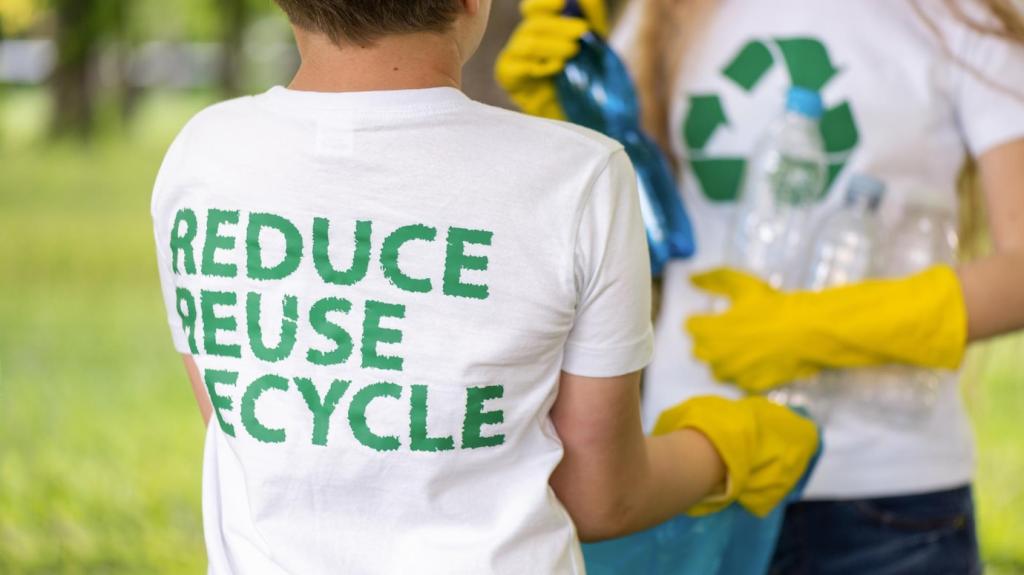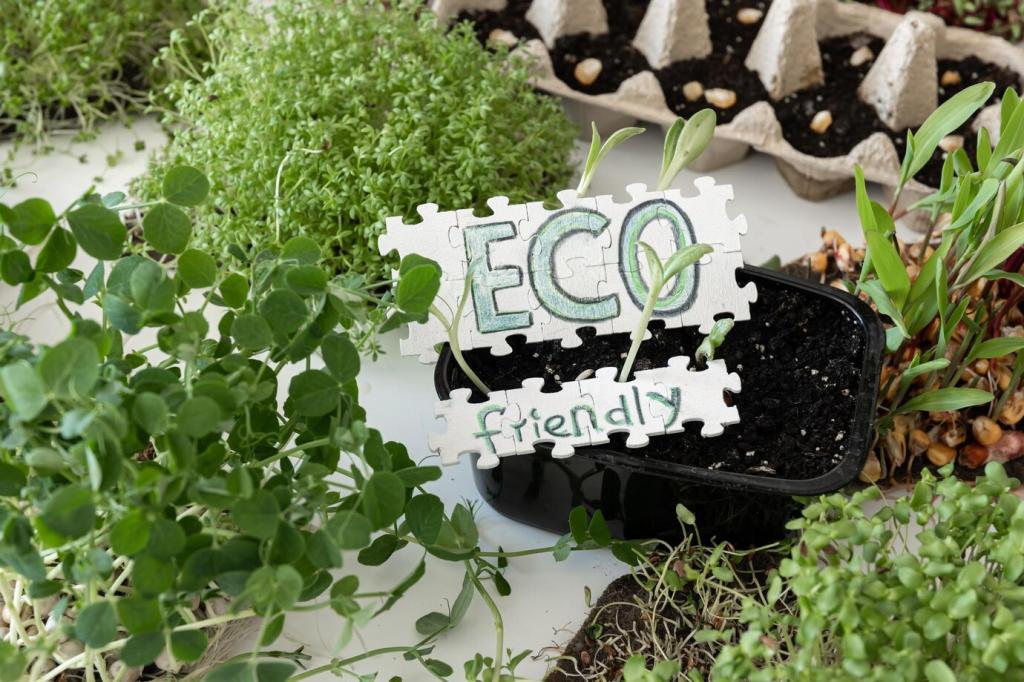Know Your Wood: Character and Challenges
Look for tight growth rings, old saw kerfs, and oxidized nail scars that tell a story and guide your maintenance approach. Share a close-up photo of your furniture’s most intriguing scar or mark, and tell us what you think it survived.
Know Your Wood: Character and Challenges
Water beading can hint at oil or wax; a quick alcohol test can reveal shellac, while acetone touches can lift lacquer. Knowing the finish helps you choose cleaners and protectants wisely. Comment with your test results for tailored suggestions.
Know Your Wood: Character and Challenges
Old-growth boards can be dense and dry, so over-sanding risks erasing patina. Maintain delicately, preserving edges and tool marks. If you have a before-and-after story where restraint saved character, share it to inspire cautious care.
Know Your Wood: Character and Challenges
Lorem ipsum dolor sit amet, consectetur adipiscing elit. Ut elit tellus, luctus nec ullamcorper mattis, pulvinar dapibus leo.





